What do you do when you go to buy clothes, book a flight, reserve a hotel, or order food online? Unless you prefer a particular website or app, you usually go to different places to
- compare prices,
- get deals & discounts,
- earn a cashback
and sometimes you even spend hours applying different permutations and combinations to see where you may get the cheap and best deal. Why?
User Research Saves / Earns You Money
Now if you can conduct all this research and make all this hoopla to save just a few bucks then an organization has all the reasons to do the same. So the ultimate goal of conducting research is to either save or earn you money.
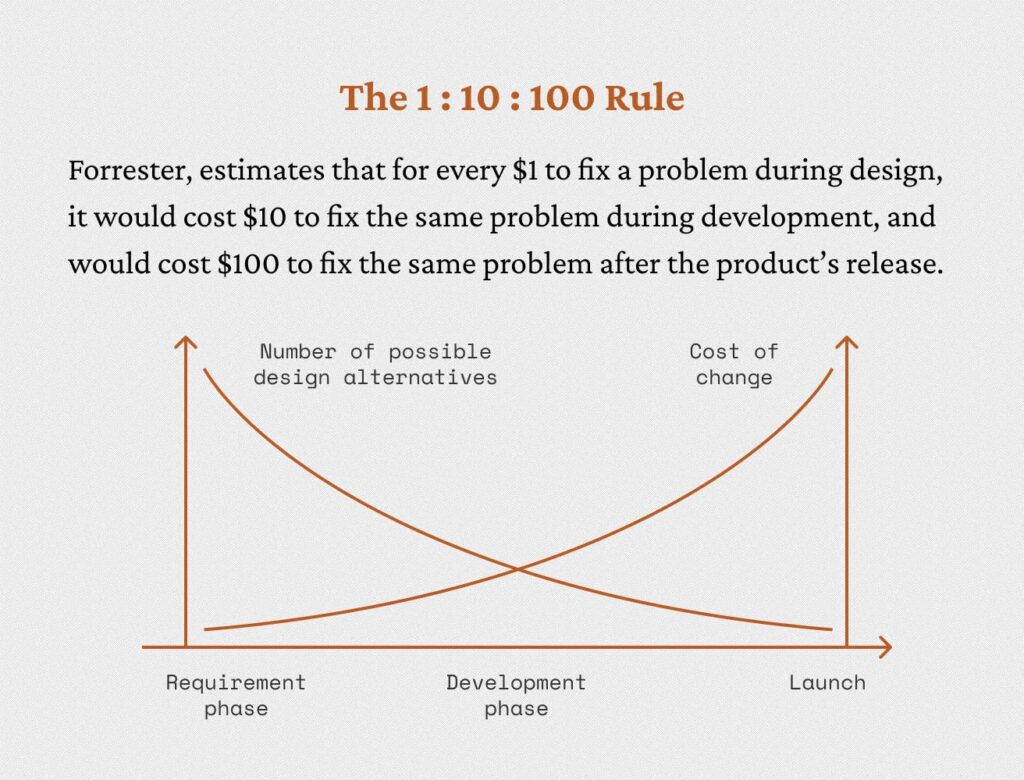
And even organizations who say they:
- don’t care about money, and
- just want to serve humanity, and
- create a great product for people, and
- facilitate nothing but the best user experience
will ultimately be rewarded handsomely for their efforts. Because when you create a great product, people love it and buy it, and they want it more, so you create it more, and then you charge it more, and the cycle continues that eventually makes you a lot of money, and gives you fame, name and whatnot. So it’s a win-win situation for both the users and the organizations.

A Stereotypical Example
You have an example of the iPhone in front of you. Apple introduced this great product to the market which facilitated a great user experience to its audience and people rewarded Apple by making it the largest technology company by revenue in the world. So it shows money might not be the biggest motivator to do user research but surely a necessary one.
User Research Reveals Gap In Your Thinking
Sometimes there is a big abyss between what people need and what a business produces. So you conduct user research to fill that abyss and build those things that people actually want rather than to build something business thinks people want. Here, the user researcher acts as a mediator who on one hand empathizes with users’ pain points and on the other also keeps the business interest on the top of his mind. But why do businesses have this misconception in the first place?
Make Sense Of ~11 Million Inputs / Second
Your brain receives ~11 million pieces of information every second but it consciously processes only 40 to 50 out of them. So its ability to make sense of so much data so quickly is astonishing. If it had taken time to consciously arrange all this data then your ancestors would not have survived so many years in the Savannah. But how does your brain do it?

So initially your brain takes time to learn something. But after experiencing a situation a few times, it learns what to do in future when something similar happens. It creates its own rule of thumbs to ease its burden and quickly make sense of the world.
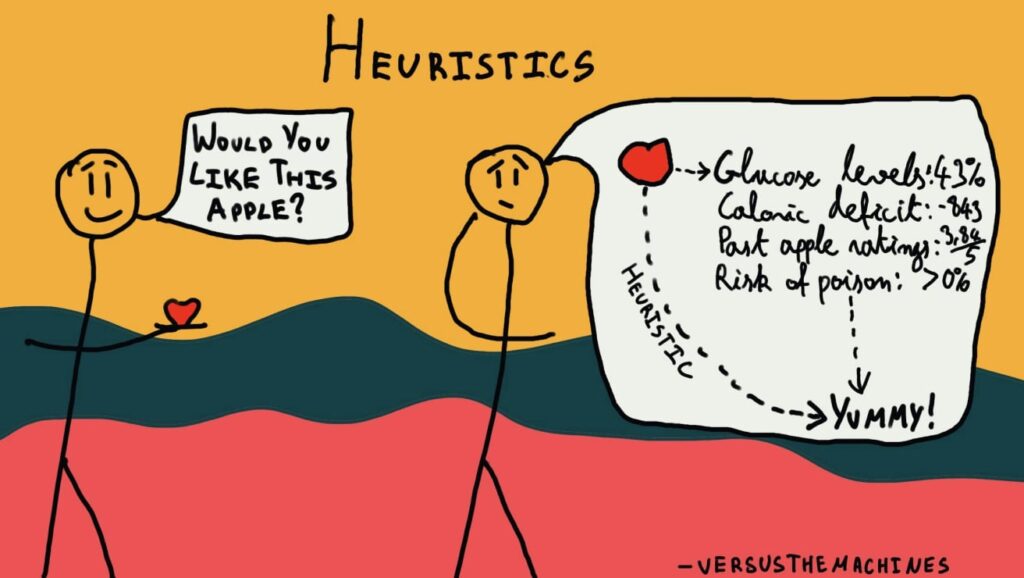
Now, most of the time these mental shortcuts serve you great but sometimes they cause errors. It’s a speed-accuracy trade-off (SAT). The idea that faster decisions are usually less accurate, and slower decisions are usually more accurate. People can’t simultaneously improve both speed and accuracy. So on the one hand where these heuristics make you a genius, on the other they also make you vulnerable to your own thoughts.
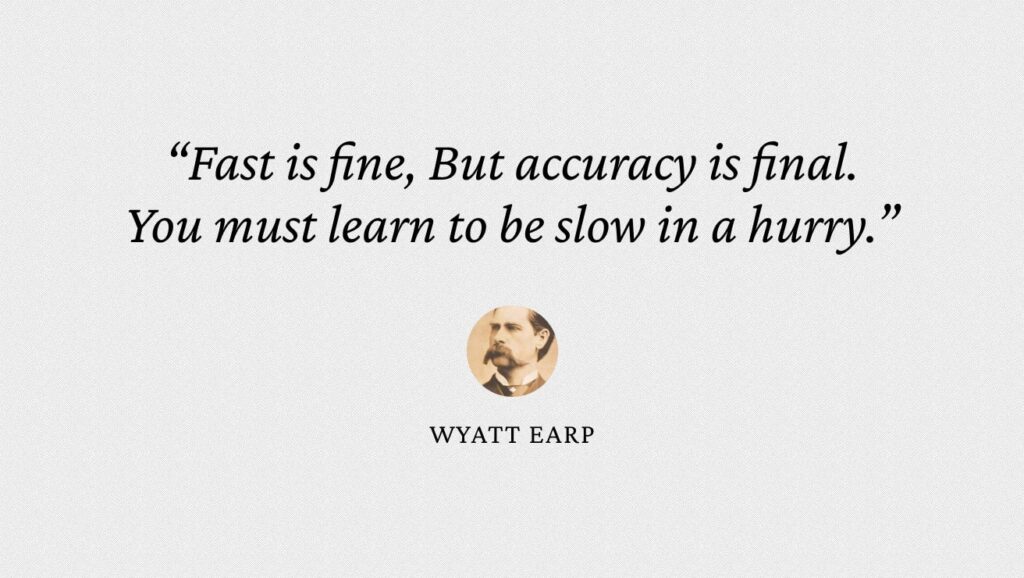
This causes you to give out of proportion weight against or in favor of an idea, people, or group etc. that is usually unfair or close-minded. These are known as cognitive biases. You might also read Daniel Kahneman’s mind-blowing book Thinking, Fast and Slow to read more about how we make decisions.
User Research Helps Validating Your Idea
Bootstrapping a product from scratch is a kinda big deal. And most of the time you get only one chance to make it work. So with the limited amount of money in your pocket, and a clock ticking on your face, you want to have at least some validation under your belt before building your MVP (Minimum Viable Product). And here, a quick user research might give you the answers that will help you to confidently go forward.
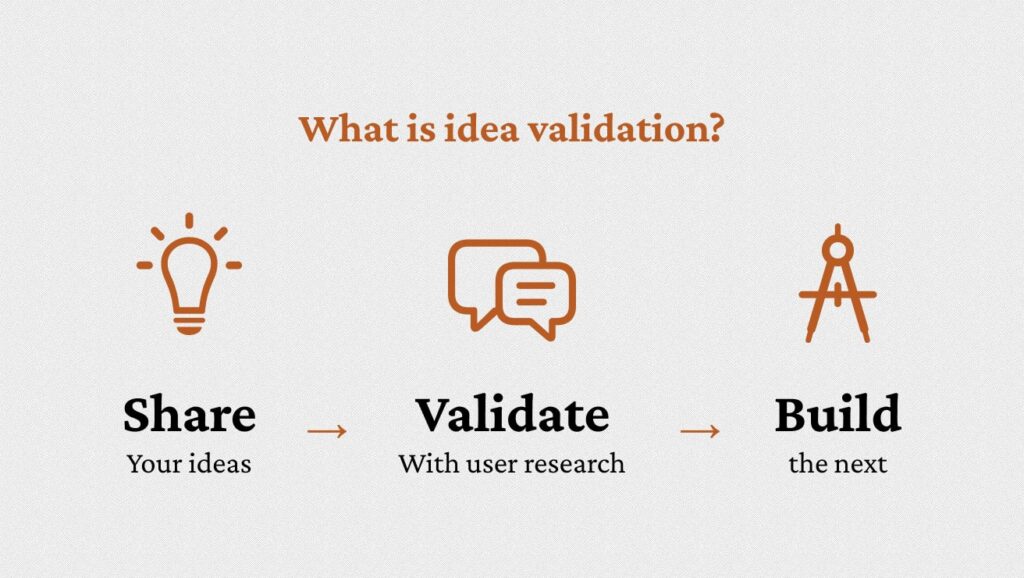
How NOT To Build A Product
Every once in a while you come across a great product idea that you think makes people fall in love with it, which is 100% going to succeed, and you don’t need any user research, validation, or data to back it up. Even when you share it with your family, friends, or colleagues, they equally share your excitement and nod in favor of it. On top of that if you’re a veteran in that area and you saw similar ideas succeed in the past, you become pretty confident about your venture.
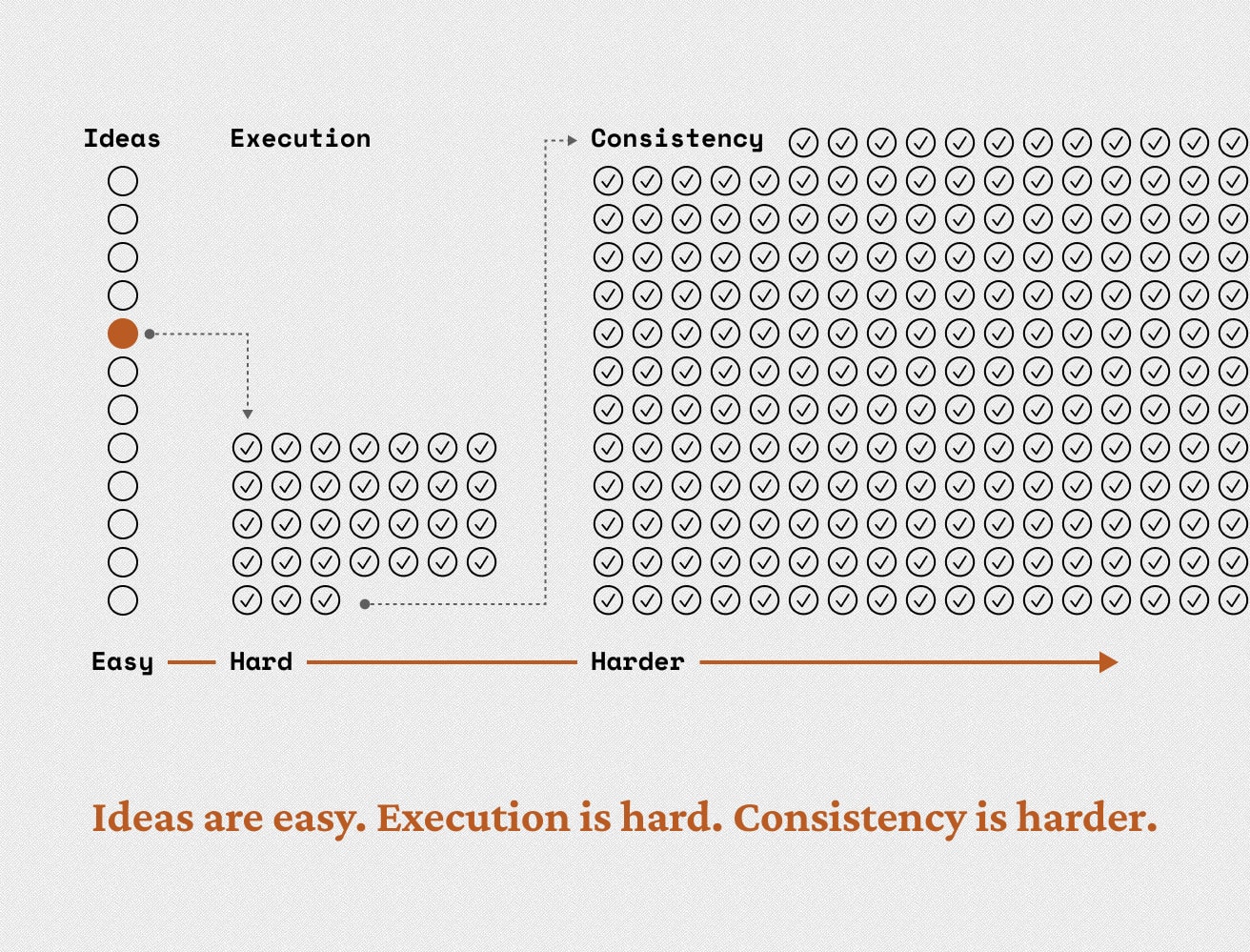
Now, based on these hunches you spend months building your product but when you launch it, nobody gives a shit. That forces you to think: How could this possibly happen? Because
- The idea was so great.
- And other people also backed it up.
You know what? People are weird, they don’t want great things and they don’t want to change.
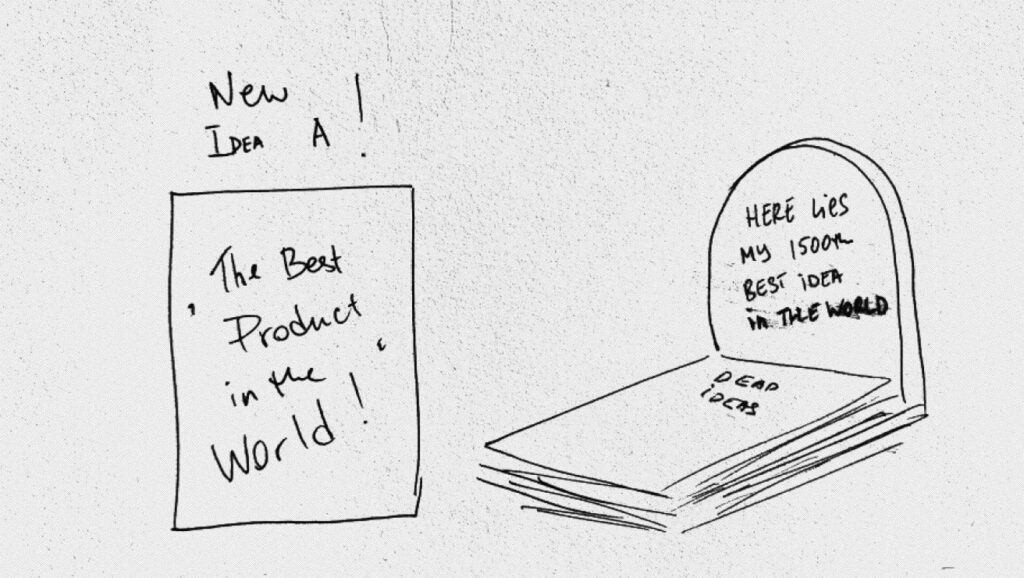
Don’t Try To Change People’s Behavior
But in reality, the idea looked great only to you, not to people. Here I remember a line from Don Norman’s seminal book, “The Design of Everyday Things.”
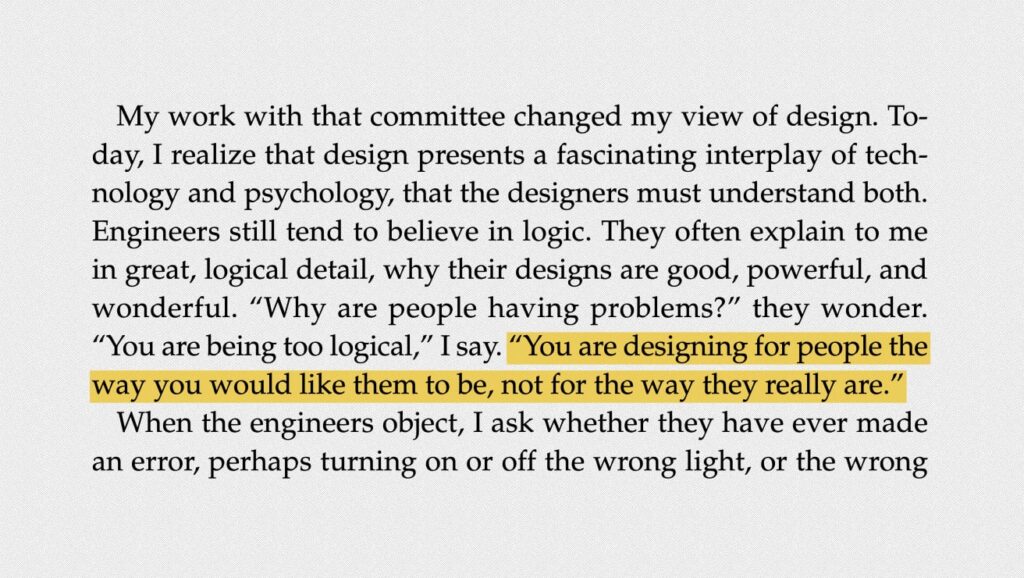
And people who backed your idea spoke exactly what you wanted to hear. It’s not like they were lying but they had their own reasons to support you.
- Family members usually support each other whatever the situation is.
- Your friends also want to see you succeed and carve your own path.
- And your colleagues just want to be in your good books.
But besides these people you also met others who might not consider your idea as great. But your brain ignores these people’s suggestions and only seeks out information that supports your idea. This phenomenon is known as confirmation bias. Your brain creates a false consensus, making you believe that everyone agrees with your idea.

Don’t try to change people’s behavior to make them use your product. But fit your product into their daily routine in such a way that it becomes even invisible for them to notice it.
Don’t Ask People What They Want, Watch What They Do
Now conducting user research doesn’t mean asking people what they want. Of course, it’s tempting and seems plausible to ask people what they want but it’s also wrong. Let me give you an example.
In 1977, psychologists Richard Nisbett and Timothy Wilson conducted research under the guise of a consumer survey. They invited passersby to evaluate 4 identical pairs of nylon stockings and identify which pair was the best quality.
Most of the people chose right-most stocking and researchers found a strong left-to-right position effect. But when researchers asked people the reasons for their choice, nobody mentioned the position of the stockings. And, when researchers asked people about a possible effect of the position of the stockings, everybody denied it and looked at them like they were crazy.
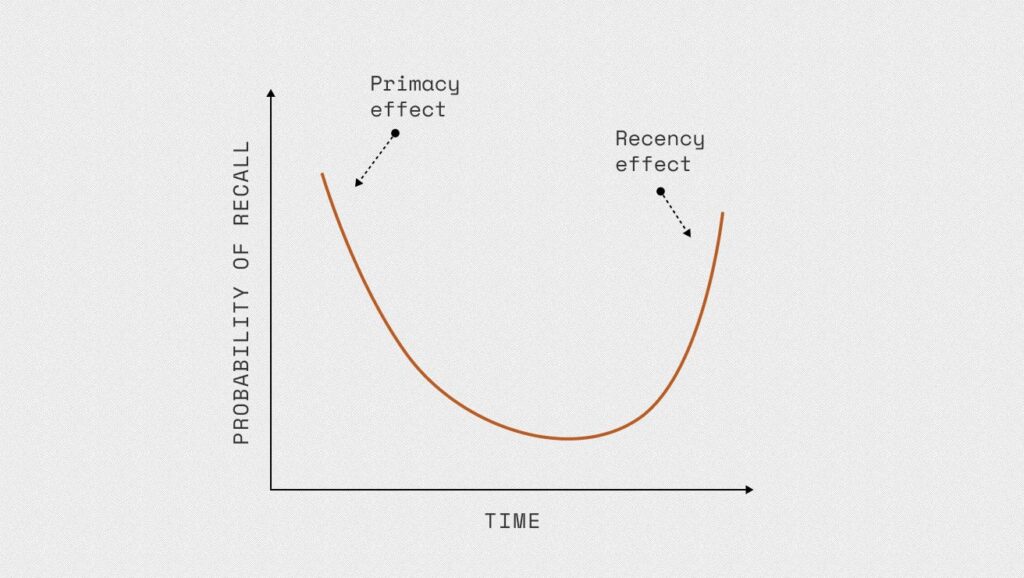
So it shows people don’t know how their mental process works, so there is no point asking them what they want. Here a quote from Rob Fitzpatrick’s book “The Mom Test: How to Talk to Customers and Learn If Your Business is a Good Idea when Everyone is Lying to You,” captures it perfectly:
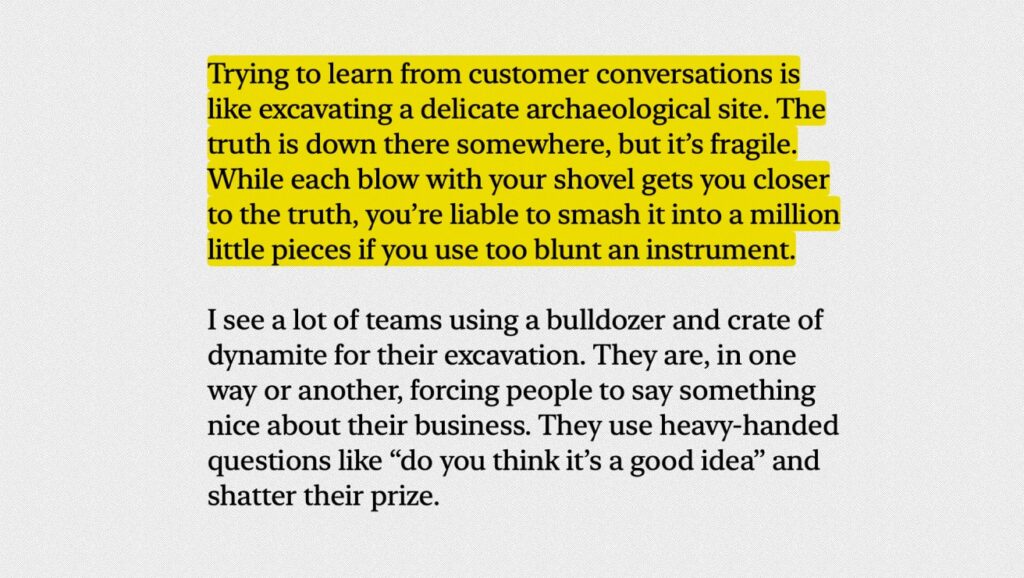
Context Is King
The best way to conduct user research is to observe people in their native environment. It’s the only way to see their natural behavior. And after that you might also talk to them to understand the reasons behind their actions. This research method is called a contextual inquiry.
The Final Push
Apart from these, there could be a lot more other reasons to do user research. Whatever your reason is, just don’t make human life more miserable than it already is. The government’s shitty products are already doing a fine job and people expect nothing less from them.
Just take an example of OLA. The multi millionaire guy builds a third-rate product for the most oppressed people i..e, Indian middle class and then has the audacity to come on on social media and fight with a stand-up comedian who shows the reality of his product to the public. Alas if he had put the same efforts conducting user research and building a great product then he could truly become India’s own Olan Musk.
So this essay started with showing you how conducting user research can save / earn you money and now it is ending with showing you how a lack of user research can also destroy a founder’s reputation as well as users’ money. It shows how great a force multiplier money can be.
Okay, that’s enough for today, next we’ll talk about “How should you do user research?” and that will conclude our 5Ws and 1H framework.

